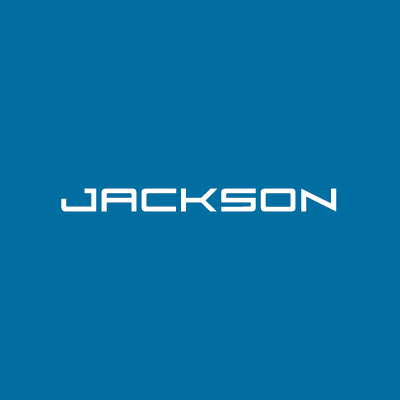In this video, Jackson CMO David Jones discusses experiential marketing and mistake #1 that can harm your experiential marketing efforts.
Video transcript:
Hello, I’m David Jones, CMO of Jackson Marketing, Motorsports and Events.
We work with clients in a wide array of marketing areas, including experiential marketing. Now, by definition, experiential marketing is any time that a brand tries to interact one-on-one with a customer, a consumer—any people within their target audience, and personally influence that person. It could be a sports sponsorship, it could be a sales meeting, it could be training, product sampling, multi-city tours and consumer events/dealer events. And it’s one of the most powerful forms of marketing, but it’s also one of the most dangerous because the cost-per-impact of experiential marketing can be extremely high. So as you tackle, or as you consider tackling experiential marketing, there are five mistakes that you need to be aware of that can kill your experiential marketing program.
Mistake #1 that can kill your experiential marketing program is the mistake of believing that experiential marketing is too expensive. Now we all know that experiential marketing, by definition, is costly and the cost-per-impact is high, but it’s also one of the most effective forms of marketing there is. Think back to the 1970s. We’ve all heard of the Pepsi Challenge, where Pepsi-Cola went to shopping malls and events around the country and did blind taste tests against Coca-Cola to convince people that their product was better. The idea was that if Pepsi was able to interact one-on-one with consumers, allow them to experience their product and talk with them, then they could then convince them that their product was better. And that’s the power of experiential marketing.
A survey done in 2015 by Nielson surveyed 29,000 consumers in 58 countries around the world, and they asked them this question: ‘To what extent do you trust the following forms of marketing?’ Product placement was 53 percent; ads: anywhere from 37 to 63 percent (depending on what type of ads they were); brand sponsorships were 57 percent; brand websites: 61 percent; editorial comments: 63 percent; online reviews from other customers: 66 percent; and the number one response to ‘To what type of advertising do you trust the most?’ Recommendations from people I know: 82 percent. And it was highest among Millennials. And in B2B markets, it was 91 percent.
So, by far, the most trusted form of advertising is when we can interact one-on-one with consumers. One client of ours did a major national, multi-city tour the last two years where they went around and trained dealers and influencers on their brand and on their products, and here’s what they discovered. In the markets where they had tour stops, their sales were up between 20 and 22 percent versus markets where they did not go in and do experiential marketing tours. So while experiential marketing is costly, people that automatically dismiss it as too expensive without looking at the ROI are making a huge mistake in the development of their marketing programs.





